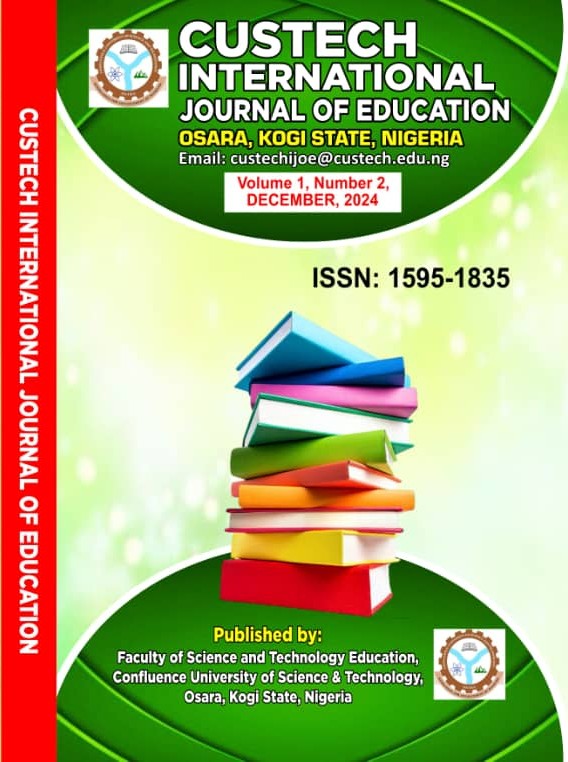STUDIES ON THE MICROBIAL CONTAMINATION OF SMARTPHONES USED BY KOGI STATE POLYTECHNIC STUDENTS, LOKOJA, KOGI STATE
Keywords:
isolate, contamination,, infection, fomites, colony.Abstract
Smartphone usage has become an indispensible part of our everyday lives, particularly the students who are actively involved in learning process for academic purposes. It has yielded many benefits to them, particularly in the area of data collection for learning and research. However, the pervasive and unhygienic use of this device has introduced new challenges in terms of hygiene and public health. One of such challenge lies in the possibility of smartphones acting as formites for the transmission of microbes. This was studied through survey of smartphone usage among the students in Kogi State polytechnic Lokoja, during which fifty (50) smartphones of volunteer participants were swabbed with sterilized cotton swab, and cultured on appropriate agar media to observe the microbial growth and their morphology. Out of the 670 (CFU) formed upon counting, 520 (CFU) were found to be bacteria, while 150 (CFU) were fungi. Twenty (25) of the colony were isolated and subjected to gram staining to assess their reaction, during which 16 of the bacteria were found to be Gram positives, while 9 were Gram negatives; with Staphylococcus spp having the highest frequency of occurrence among the Gram positives, and E. coli having the highest frequency of occurrence among the Gram negatives. Lactophenol test was also carried out on the fungal isolates and several fungi species were identified including Rhizopus spp, Candida spp, Fusarium spp, Aspergillus spp and Penicillium spp; among which the Aspergillus and the Candida species have the highest frequency of occurrence respectively. In general, study confirms the contamination of smartphones by microbes, with the potential to transmit infections if not addressed.


